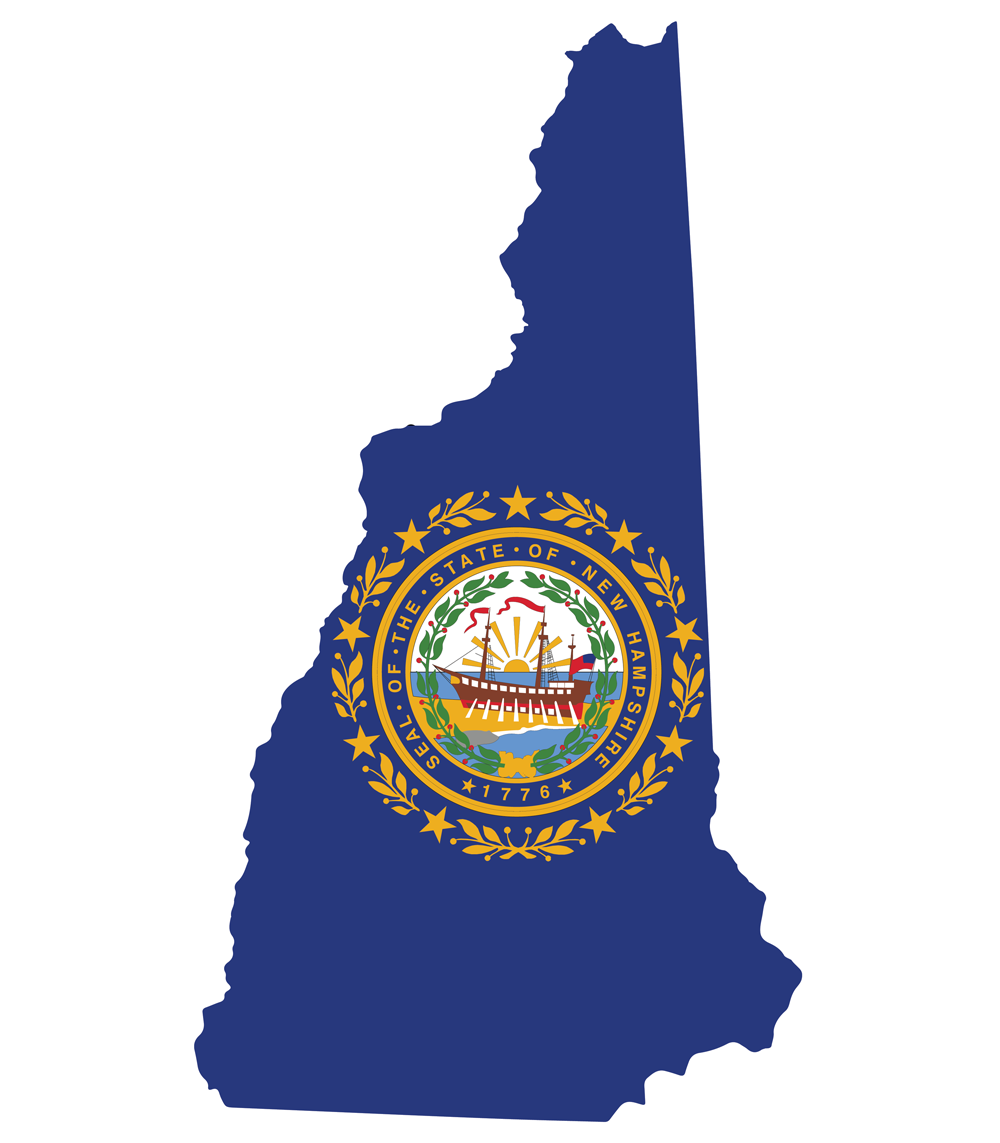A NH Audubon biologist discusses the importance of our feathered residents
Rebecca Suomala is a Senior Biologist with the New Hampshire Audubon Society.
Why are birds important to New Hampshire?
Birds are such an important part of our state for many reasons. For personal enjoyment, for economic reasons. There are birds that eat insect pests, there are birds that excavate cavities that other birds and other creatures use in the woods, and they’re just a phenomenal presence. They’re the one form of wildlife in the state that anybody can see — I’m excluding insects in this statement. If you think about when you walk out your door, if you’d like to see wildlife, birds are everywhere. We’re fortunate in New Hampshire that we still have woods, we still have fields, we still have coastal areas, we still have habitat for a wide variety of birds and it’s just wonderful.
What are some birds you are likely to see migrating back to New Hampshire?
We’ve got migrants coming back that have spent the winter to our south. Some of the ones that people are starting to see are red-winged blackbirds, chipping sparrows, killdeer and broad-winged hawk. Those are a few that people might see right in their backyard or nearby. Killdeer won’t be in people’s backyards, but they come back to schoolyards and big open field areas.
What are things that people can put out for birds in spring to bring birds to their homes that will not attract bears?
Birdbaths are something that can be an attractant to birds. You can, also, scatter seed on the ground. Not concentrated like it would be at a feeder but scattered around in your yard on the ground, and some of the smaller birds will feed on the ground, like cardinals like to feed on the ground. Northern cardinals, those are the red birds with the red crests. People really love them and they will feed on the ground, so scattering some seed under some bushes might be a good way to still have some seed out for birds. When we get into May, hummingbirds start coming back, and so you can put out a hummingbird feeder, which has sugar water in it, or you can put out fruit like orange halves or grape jelly for Baltimore orioles — they are a very colorful orange and black bird.
Are there any plants people can use to attract birds?
There are, and at this time of year if you have berry bushes or trees that hold their fruit all winter then there will be birds which come feed on them this time of year. The ones that people see the most right now … maybe crabapples that have stayed on the tree long would [attract] either the robin or cedar waxwings.
How should Granite Staters deal with woodpecker noise and bird nests?
In the springtime, the woodpeckers are usually making noise because a woodpecker drumming, you know that tet tet tet tet tet tet tet tet tet, that’s the woodpecker’s song, that’s how the male proclaims his territory, so he wants to make noise. He’s not trying to get into whatever he’s pecking on, he’s trying to make nice big loud noise, which of course, wakes you up in the morning. The best thing to do in that case is put something over wherever he’s pecking so it doesn’t make any noise, some foam or something over it that won’t make noise when he taps on it. Birds that make nests, like in a mailbox or on a wreath hanging on your door, the one thing to remember about that is that [for] small birds, it’s roughly two weeks to incubation and two to three weeks until the young fledge, so if you can stand it for like four to five weeks, then they will be gone.
Talk about your work with the common nighthawk.
They’re a fantastic bird! They eat insects, which they catch on the wing. They fly around and catch their insects. They’re only here from about mid-May until the end of August and they are active at dawn and dusk, they’re a crepuscular species…. They’re vulnerable to predation because they nest on the ground. They’re also vulnerable to the use of pesticides. Pesticides … can be fatal to some birds and then pesticides that cause decrease in insects cause a decrease in the food supply for nighthawks, so they’re a very vulnerable species, and they migrate all the way down to South America…. We’re still learning where they winter. In New Hampshire they are only remaining in a few places. The Ossipee Pine Barrens is one of the remaining strongholds. There are also pairs that nest in the Concord area but they used to nest on stone rooftops but many of those rooftops have been converted to … PVC. With the declining nighthawk population the only town that still has nighthawks resting in it is Concord. They have a fantastic display, the males do. They display over a potential nest area and they circle around above it and make a noise like … peent peent peent and then they do a spectacular dive where they just dive straight down and all of a sudden they pull their wings forward and swoop out of the dive and make this little whoosh noise, then they do it all over again. – Zachary Lewis
Earth Day Celebration
The New Hampshire Audubon holds its annual Earth Day celebration on Saturday, April 20, with a variety of family-friendly activities. This year’s theme is “Planet vs. Plastics” according to the website. The day will feature animal ambassadors, games, crafts, seed giveaways, nest box building while supplies last, a food truck and more.
Where: NH Audubon Massabesic Center, 26 Audubon Way in Auburn
When: Saturday, April 20, 10 a.m. to 3 p.m.
Admission: $15 for a family of four
More info: nhaudubon.org or 224-9909, ext. 400
Featured image: Becky Suomala birding at the southern tip of South America. Photo by Zeke Cornell.


